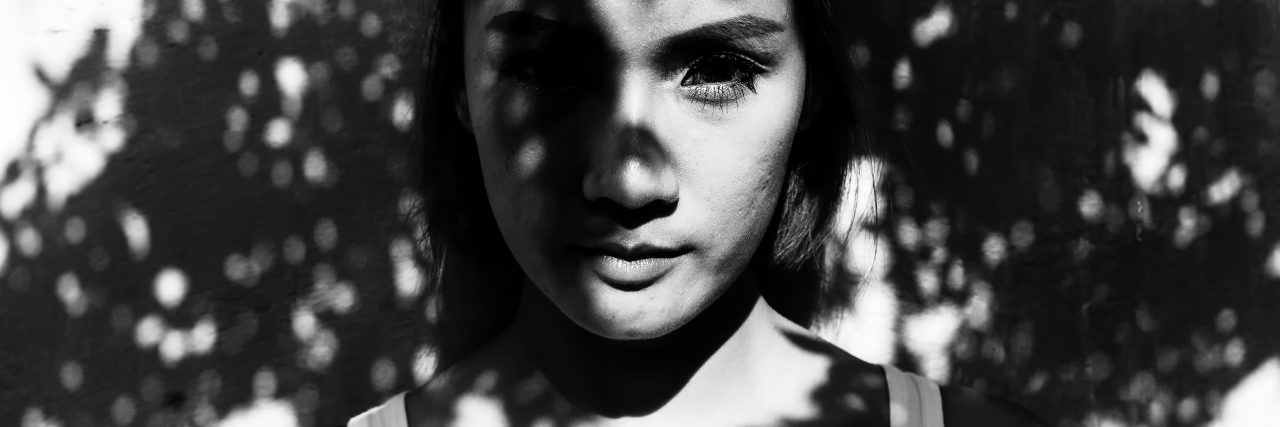Read “When Pain Becomes the Teacher: Part 1” here.
Letting Go
Pain taught me how to let go. It forced me to finally give up the fight. It simply refused to budge until I had made an inner movement in attitude from someone who insists on making things happen to someone who gives up the need to control everything.
I do recommend finding and making the decisions for yourself that are within your power to make in order to release feelings of victimization and powerlessness. This is so important for those of us who have felt as if outside systems hold more authority and influence over our lives than we do.
At the same time as we take up responsibility for ourselves, we need to let go of the fight for absolute and complete control over how our bodies will heal and in what time frame. It’s a balance.
We want to recognize the places we do have a say about on a daily basis: which doctors we see, what kinds of healing modalities we choose to work with, how we are going to organize our personal care, how we handle our relationships, the choices we make about work and family demands and the ways we find to take care of ourselves emotionally.
We also need to recognize that we are working in tandem with a partner that we’re just getting to know. Pain has its own healing agenda that we can fight against or learn to honor and work within.
I learned the hard way that healing comes faster when I let go of trying to run every aspect of how my journey through pain is going to unfold. I had to learn to share the driver’s seat, in that regard.
Learning To Say No
I also learned how to say no. I had to say no to friends often, and to the things I would have liked to participate in, but couldn’t.
I learned to say no to requests for my time and energy that didn’t truly honor my limitations, that would leave me feeling worse, even if the person asking was disappointed in me.
I had to learn to put my body’s needs before someone else’s need to have me be there for them.
Sometimes this was difficult, but it taught me a lot about how to create healthy boundaries for myself.
Learning to Speak Up for Myself
I had to learn to speak up for myself differently. I learned to ask for help. This is not something most of us want to have to learn.
We want to be fully independent and sovereign in our lives. These are attributes we prize, particularly in this culture. Yet, when we’re ailing, we have to learn that we can’t do it all on our own.
And, the truth is, we’re never doing it all on our own. Everyone is always relying on everyone else, we just tend to forget that.
Money is our go-between, but the reality is that another person is giving us a job and another person is behind the counter at the bank and another person is packing and shipping our food and another person is teaching our children and another person is making sure the streets are safe at night.
When I learned to ask for help openly from others, I also learned to acknowledge the existence of all the other people who were already affecting my life and contributing to it, even if I didn’t know them.
I also came to understand that each of us does have a voice, and sometimes it takes feeling like we don’t have one and struggling with that for a while, in order to find the courage and inner strength to finally find it and speak up.
Speaking up for oneself, whether to ask for help or to communicate in other ways, is the first step in re-discovering a voice in the greater world, and a first step to self-empowerment and, ultimately, to full healing.
Read “When Pain Becomes the Teacher: Part 3” here.
We want to hear your story. Become a Mighty contributor here.
Thinkstock photo via PongsakornJun.

